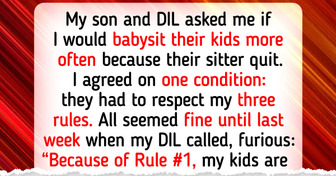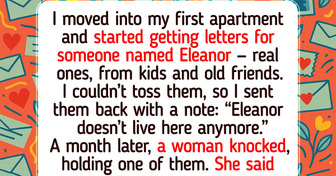12 People Who Discovered a Brutal Truth That Shook Their World

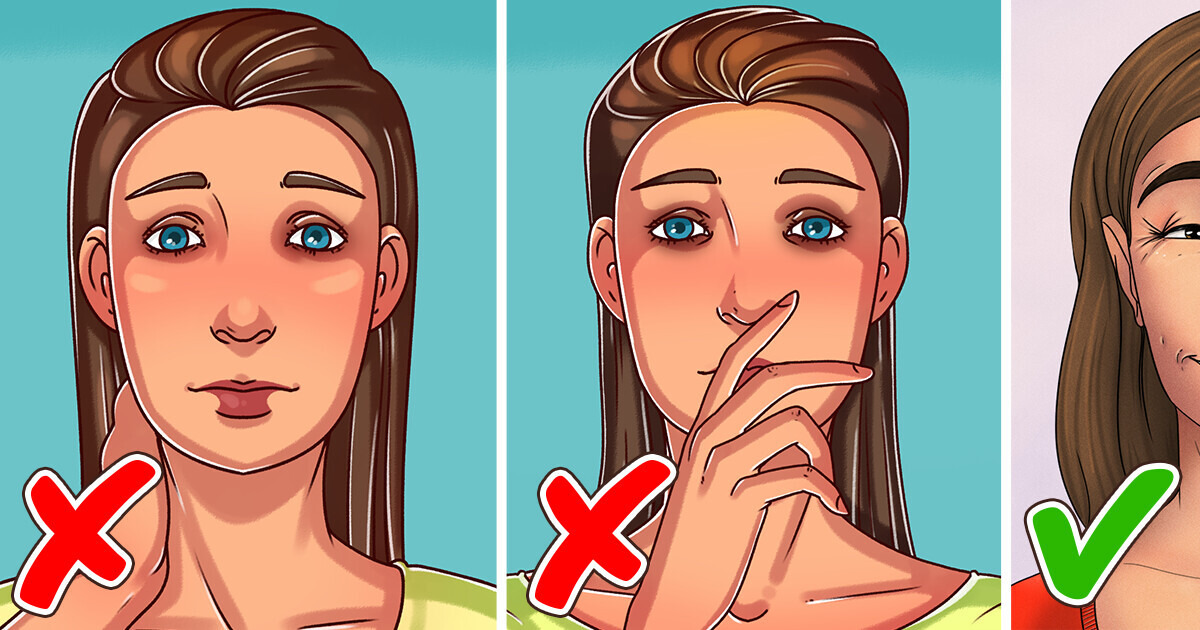
Our body language often conveys more than words, even in silence. In professional settings, small gestures can unintentionally send the wrong message and affect your image. While many of these habits happen subconsciously, being aware of them helps you make a better impression.

Using too many hand gestures can make you seem overly emotional or anxious, drawing attention away from your message. This is especially distracting in presentations, where constant movement may signal nervousness. Instead, use controlled, purposeful gestures to emphasize key points and maintain audience engagement.

When your posture or tone doesn’t align with the other person, it can make you seem disengaged. For example, if they lean in, and you stay stiff, it may create distance rather than connection. Subtly reflecting their body language shows you're present and engaged, making interactions feel more natural and comfortable.
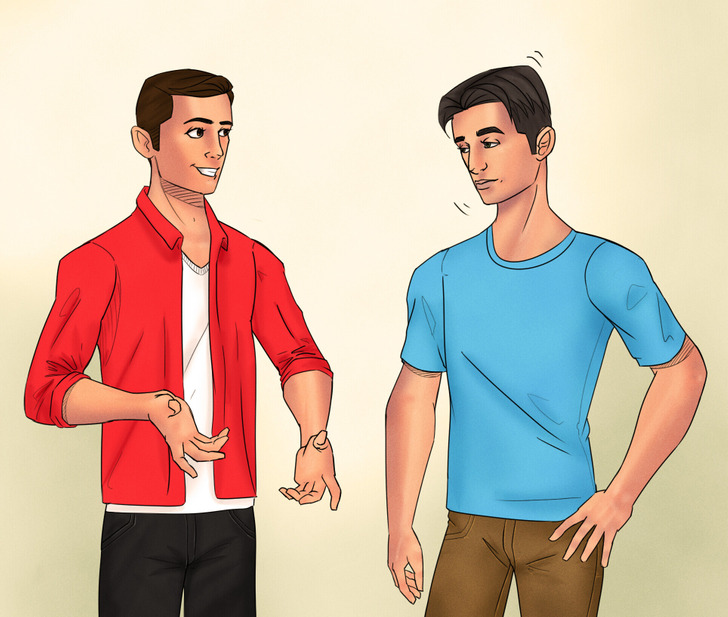
Nodding occasionally shows understanding, but doing it excessively can seem insincere or overly eager to please. Instead, balance nodding with verbal affirmations to demonstrate genuine engagement in the conversation.

A slight head tilt can convey empathy, but tilting too frequently or too far may make you appear unsure or overly submissive. This can be problematic in leadership roles or when making important points. Keeping your head level helps project confidence while still allowing for subtle tilts when appropriate.

The way you offer a handshake can influence how others perceive you. A firm, timely handshake conveys confidence, while initiating it proactively in professional settings reinforces a strong and professional image.
Hand position is important. Keep your hand upright, with your thumb up and fingers straight. Avoid turning your palm down or up, as both can send the wrong message.

Keeping your hands in your pockets while standing can make you seem disengaged, shy, or as though you’re hiding something. This posture often gives off a nonchalant vibe that is inappropriate in professional settings. To avoid this, keep your hands visible and use them for subtle gestures to reinforce your points and exude confidence.

Leaning against walls or furniture during conversations can make you appear too casual or disengaged. Standing upright projects energy and professionalism, making you seem more present and engaged in the discussion.
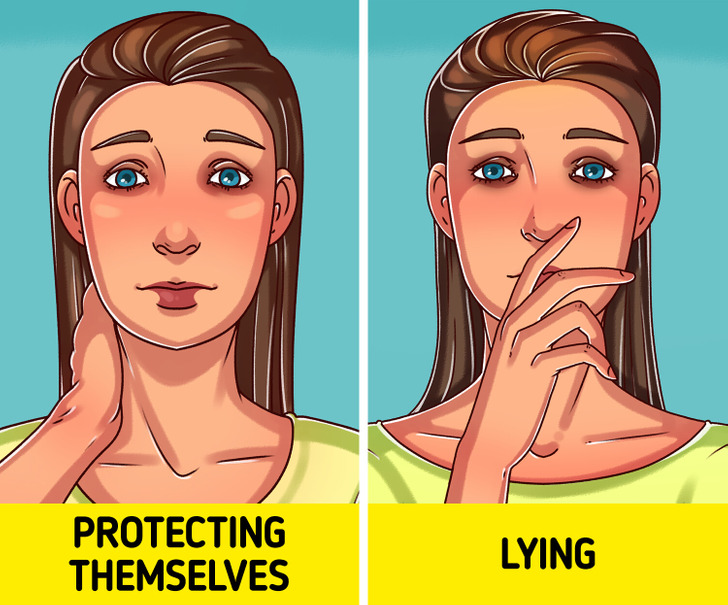
Touching your face during conversations can send unintended signals. Resting your chin on your hand may make you seem bored, while touching your neck can suggest discomfort. Touching your nose is sometimes linked to dishonesty. Keeping your hands away from your face helps you appear more engaged and professional.
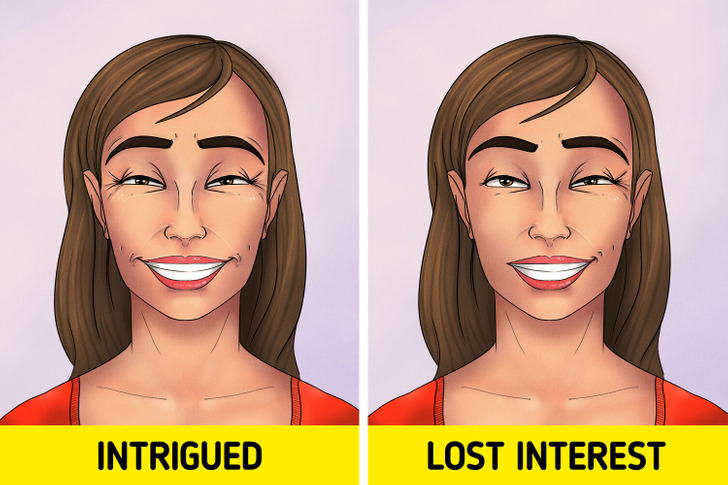
While smiling is a universal way to convey friendliness and approachability, overusing forced or fake smiles can appear insincere and make others question your authenticity. Instead, focus on smiling naturally in appropriate moments, ensuring it aligns with the context and your emotions. This helps to build genuine connections with colleagues.

Shrugging too often can make you seem uncertain, indifferent, or lacking confidence. For example, shrugging while answering questions may signal that you’re unsure of your own answers. To avoid this, use shrugging sparingly and accompany it with verbal explanations that convey confidence and clarity.
Body language is a powerful tool for communication. Master these subtle habits to convey confidence, professionalism, and trustworthiness in the workplace. Small adjustments can make a big difference.






